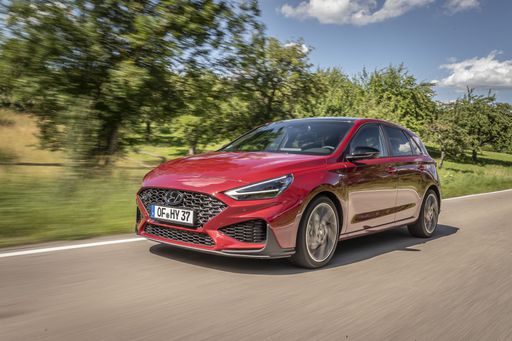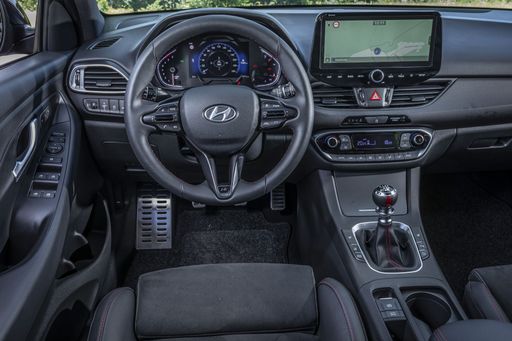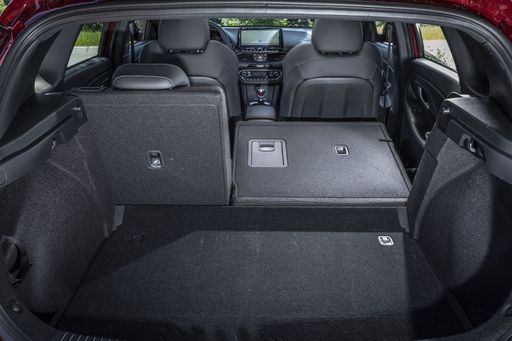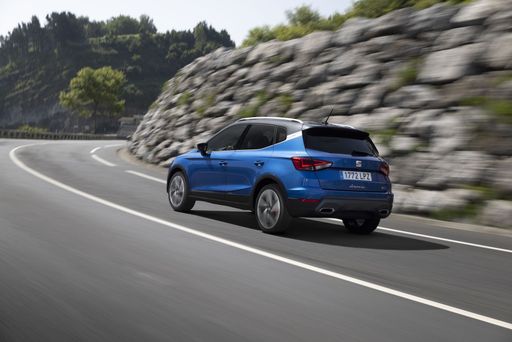Hyundai i30 vs SEAT Arona: A Clash of Style and Substance
In the ever-evolving world of automobiles, choosing the right car can be a daunting task. Two contenders that have caught the eye of car enthusiasts are the Hyundai i30 and the SEAT Arona. While one takes the shape of a hatchback and the other embraces its SUV form, both vehicles offer a blend of performance, efficiency, and innovation. Let's dive into the specifics of these 2024 models to help you decide which one might be the right fit for you.









